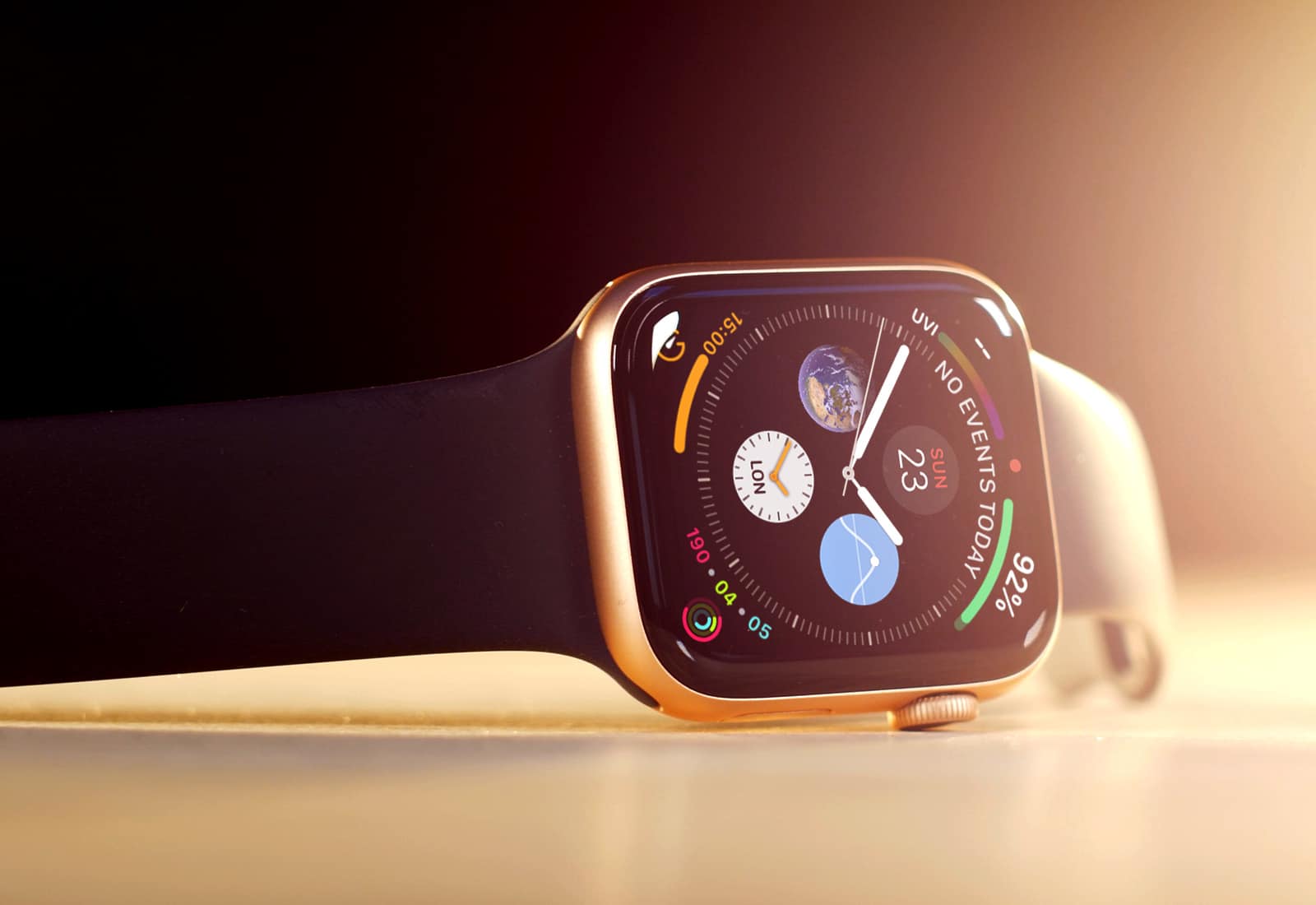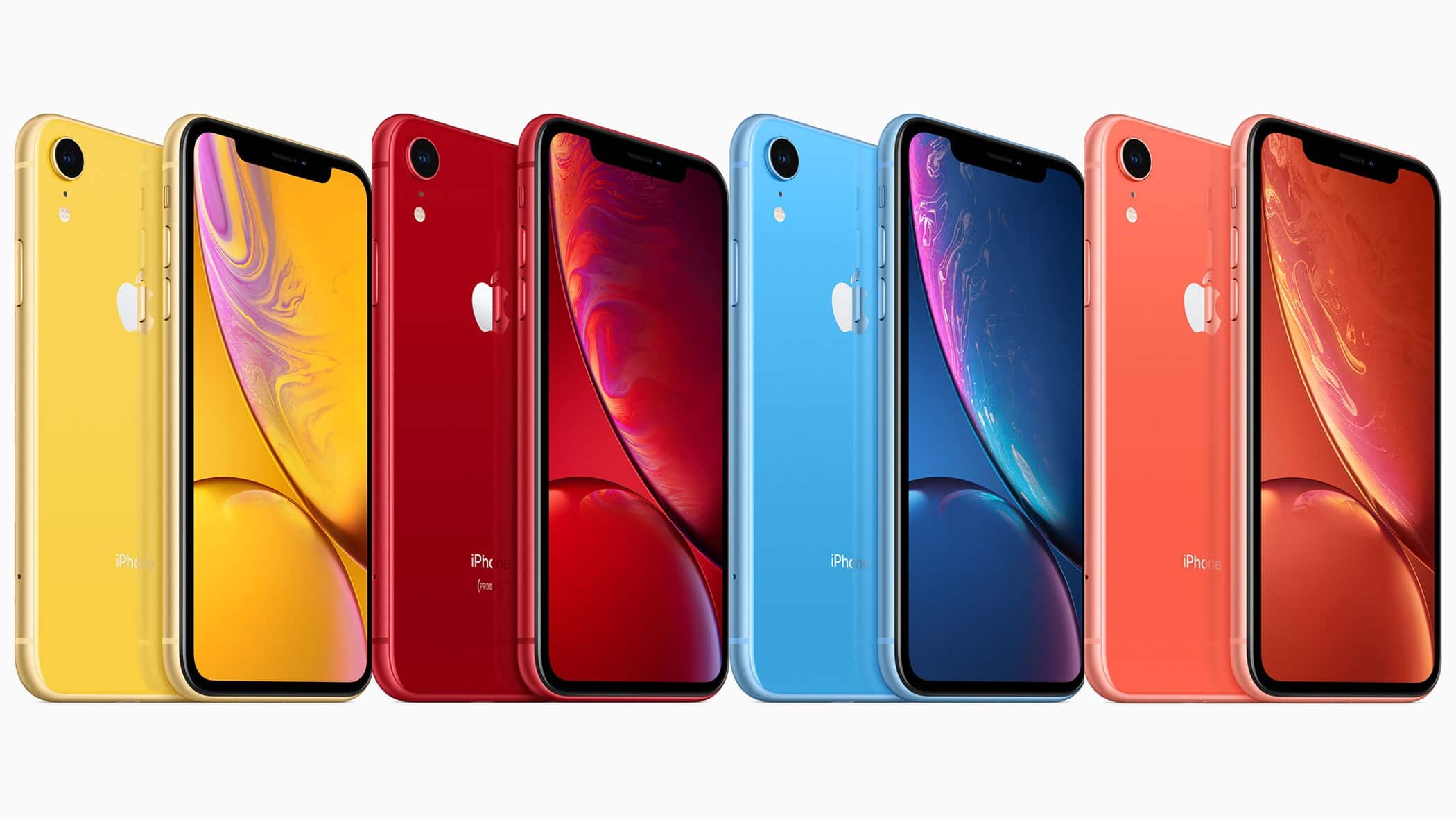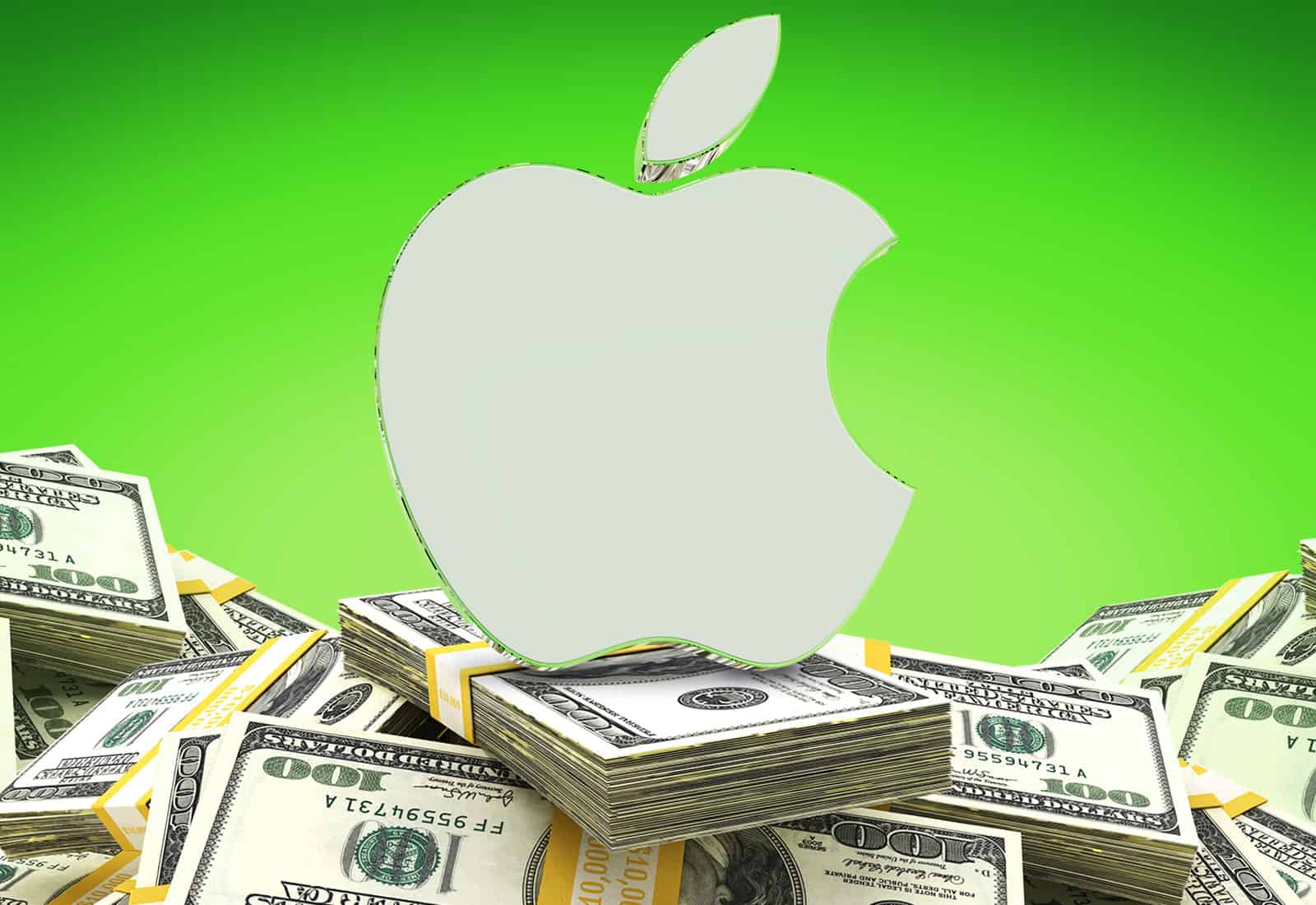Wall Street received surprisingly better-than-expected news from Apple’s Q2 2019 earnings report today — and the stock is soaring in after-hours trading.
iPhone sales remain down, but pretty much every other facet of the company’s business is firing on all cylinders. Customers are falling in love with the iPad all over again. Services are booming. And Apple’s wearables business is now the size of a Fortune 200 company.
Despite plenty of doom and gloom from analysts over the last 12 months, Apple’s future is looking bright again.
Tim Cook and Apple CFO Luca Maestri got on the phone with investors this afternoon to discuss the major and minor details of the company’s Q2 earnings. They dropped plenty of good news.
We sorted through all the numbers and PR-speak to find the most essential news from today’s Apple earnings report.
Wearables are now a Fortune 200-size company

Photo: Ste Smith/Cult of Mac
Apple has been bragging for years that its services business is on pace to become the size of a Fortune 100 company by 2020, but its wearables business is nothing to scoff at either. AirPods and Apple Watch are more popular than ever before. In fact, Apple wearables would be a Fortune 200 company if the division was spun into its own business.
Apple Watch is the best-selling smartwatch in the world just four years after it was introduced. The Watch had its best results ever for a non-holiday quarter. Three-quarters of new Apple Watch customers had never worn a smartwatch before, according to Apple’s data. Meanwhile, AirPods interest is off the charts, leading Cook to call the wireless headphones a “cultural phenomenon.”
iPad is the real MVP

Photo: Apple
After a few years of struggles, iPad sales are back on the upswing.
iPad revenue shot up 22% from the December quarter to $4.9 billion. That’s the highest revenue growth the iPad segment has seen in six years.
iPad revenue returned to growth in Greater China, and Japan clocked its best iPad sales ever for a March quarter. Meanwhile, all other geographic segments saw strong double-digit growth.
Customers are loving the new iPads, with recent surveys measuring a 93 percent customer satisfaction. Among customers who plan to purchase tablets, 77 percent of consumers and 75 percent of businesses plan to purchase iPads.
Basically, iPads are the tablet market.
Component shortages stunted Mac sales

Photo: Apple
Apple saw a small but significant year-over-year reduction in Mac sales during the first three months of 2019. This wasn’t because customers didn’t want to buy macOS notebooks and desktops. It was because Apple couldn’t get the Intel processors required to produce the computers.
“For our Mac business overall, we faced some processor constraints in the March quarter, leading to a 5 percent revenue decline compared to last year,” said Cook. “We believe that our Mac revenue would have been up compared to last year without those constraints, and don’t believe this challenge will have a significant impact on our Q3 results.”
Apple is great at acquiring new customers

Photo: Apple
Stockholders looking for a set of numbers giving them a reason to buy more shares should consider the rise of new Apple customers. Apple saw double-digit growth in services and subscriptions. Plus, it was a blockbuster quarter for both the iPad and wearables (particularly, the Apple Watch Series 4). Maestri waxed poetic throughout the call, talking about how new customers are flocking to Apple products.
Nearly half of the customers purchasing Macs during the quarter were new to Mac. Three-quarters of Apple Watch buyers have never owned an Apple Watch before. And more than half of the customers purchasing iPads during the March quarter were new to Apple’s tablet.
If you thought Apple’s base couldn’t grow any larger, think again.
iPhone sales have passed the trough

Photo: Apple
Much has been written over the past year and a half about peaking iPhone sales. During Cook’s chat with investors, he revealed that the worst may be over. iPhone sales experienced better year-over-year performance in the last weeks of the quarter as compared to the full quarter or November and December.
Cook gave a couple reasons why sales are finally recovering. 1) Price adjustments. 2) Stimulus programs by Chinese the government reduced the VAT from 16 to 13 percent. 3) Trade-in and financing programs implemented in Apple’s retail stores have been well-received. 4) Improved trade dialogue between the U.S. and China has affected consumer confidence in a positive way.
iPhone sales may never return to the astronomical growth the device experienced during its first five to six years, but there are encouraging signs that modest growth could happen during the end of 2019.
China is back in business

Photo: Apple
Apple’s business in China is finally turning around, according to execs who say Cupertino’s troubles in the country might be a thing of the past. “We feel positive about our trajectory,” said Apple CEO Tim Cook, noting that the company’s “year-over-year revenue performance in Greater China improved relative to the December quarter.”
Cook’s optimism about the future in China is great news for Apple. In recent months, China’s stalling growth has meant one thing for Apple: bad news. The country’s faltering economy took some serious wind out of Cupertino’s sails, as iPhone sales took a hit there and elsewhere. But Cook said key actions taken by Apple and the Chinese government produced a very positive effect. They could be key to ending Apple’s China problem once and for all.


